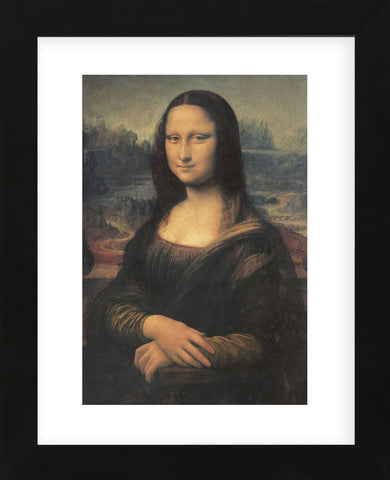Product Detail
- Overall: 16" H x 13" W x 0.75" D
- Overall Product Weight: 2.5lb.
- Material: Glass
- High-quality print on heavy paper
- Printed with vibrant, color-fast inks
- Framed in a contemporary style molding; available in black, gold, and white
- Sawtooth hanger
- Unmatted
Image is Copyrighted and Property of its respective owner
Product Detail
- Overall: 16" H x 13" W x 0.75" D
- Overall Product Weight: 2.5lb.
- Material: Glass
- High quality print on heavy paper
- Printed with vibrant, color-fast inks
- Framed in a contemporary style molding; available in black, white, and gold
- Sawtooth hanger
- Unmatted
About the Artist
Leonardo da Vinci pursued art as if it were science, fervently studying both the surface and the structure of his subject to best convey its true essence.
Leonardo was born in Vinci, Italy to a notary public and his companion, and displayed considerable artistic talent at a young age. At seventeen, he began an apprenticeship in Andrea Verrocchio’s workshop, remaining there until he had far surpassed the talents of the early Renaissance master. Leonardo then left Florence for the court of Ludovico Sforza in Milan, where he painted portraits, created The Last Supper fresco, and also started producing anatomical, botanical, and scientific sketches. Excited by the artistic renaissance occurring in Florence, Leonardo returned to that city and created his masterpieces - the Mona Lisa and Leda and the Swan (now lost).
Although many of Leonardo’s commissions were never completed and several experimental frescoes no longer exist, extensive volumes of his experimental procedures, sketches, and theories have survived, some discovered only in the twentieth century. Leonardo da Vinci’s legacy affirms his position as the paragon of High Renaissance art.





